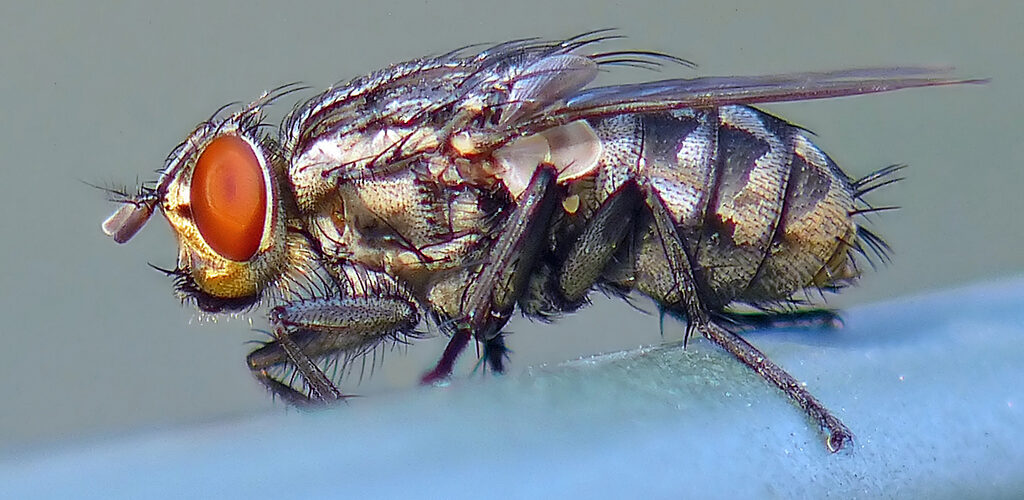Going Down the Rabbit Hole of Evo-devo: Deep Homology

Evo-devo is short for the fusion of two disciplines: evolutionary and developmental biology. Investigating the earliest stages of the development of living organisms is the focus of evo-devo, which reveals how similar all living things are1.
The cornerstone holding this fascinating discipline together is ’deep homology’, which may sound like a niche mathematical concept, but it’s actually quite simple. All living beings develop in a particular manner that is invariant across broad groups of organisms – this is due to the fact these creatures all descended from the same common ancestor that developed like that.
A simple way to showcase deep homology is to use the PAX6 gene. Known for its critical role in the formation of eyes of the ever-present fruit fly; additionally, fruitless fruit flies with non-functional PAX6 genes are blind2.
The weirdest thing about PAX6 is that a transfer of the PAX6 protein from a mouse can sustain the development of the eye in fruit flies, which indicates that PAX6 has a similar function across seemingly unrelated animals. Fruit flies and mouse eyes develop in similar ways due to their last shared ancestor having this gene, which harkens back aeons ago when primordial animals looked more like plants.
A more complex example would be the genes that develop the back and front of a fruit fly. We have the same genes as the fruit fly for development of the back and front, however, with a significant difference that it occurs upside down for the fly. Or the right way up if you take the perspective of the fly.
What is the significance of these findings? The clue is that genetic differences alone cannot account for the observed differences of the species. We share roughly 60% of our genes with the fruit fly, but thankfully, we look nothing like them3.
Something is missing, and so to account for the vast diversity of life, we need to factor in what deep homology tells us – that our development is crucial. More specifically, what genes turn on and off and how all they interact with each other during development: this is how we differ from the fruit fly, even if many of us also tend to hover around the kitchen hunting for food4.
Without the slight changes during the brief development period, we wouldn’t have the rich variety of the natural world. To surmise, it’s the subtleties that make life interesting.
Edited by Richard Murchie










